The upcoming 138th China Import and Export Fair in 2025 presents a unique opportunity to delve into the cutting-edge innovations shaping the furniture restaurant sector. As the industry adapts to evolving consumer preferences and the increasing demand for sustainable, multifunctional spaces, The Furniture Restaurant has emerged as a key player in this transformation. This trade fair serves as a pivotal platform for exhibitors and visitors alike, showcasing the latest trends, technology, and design concepts that are redefining the dining experience.
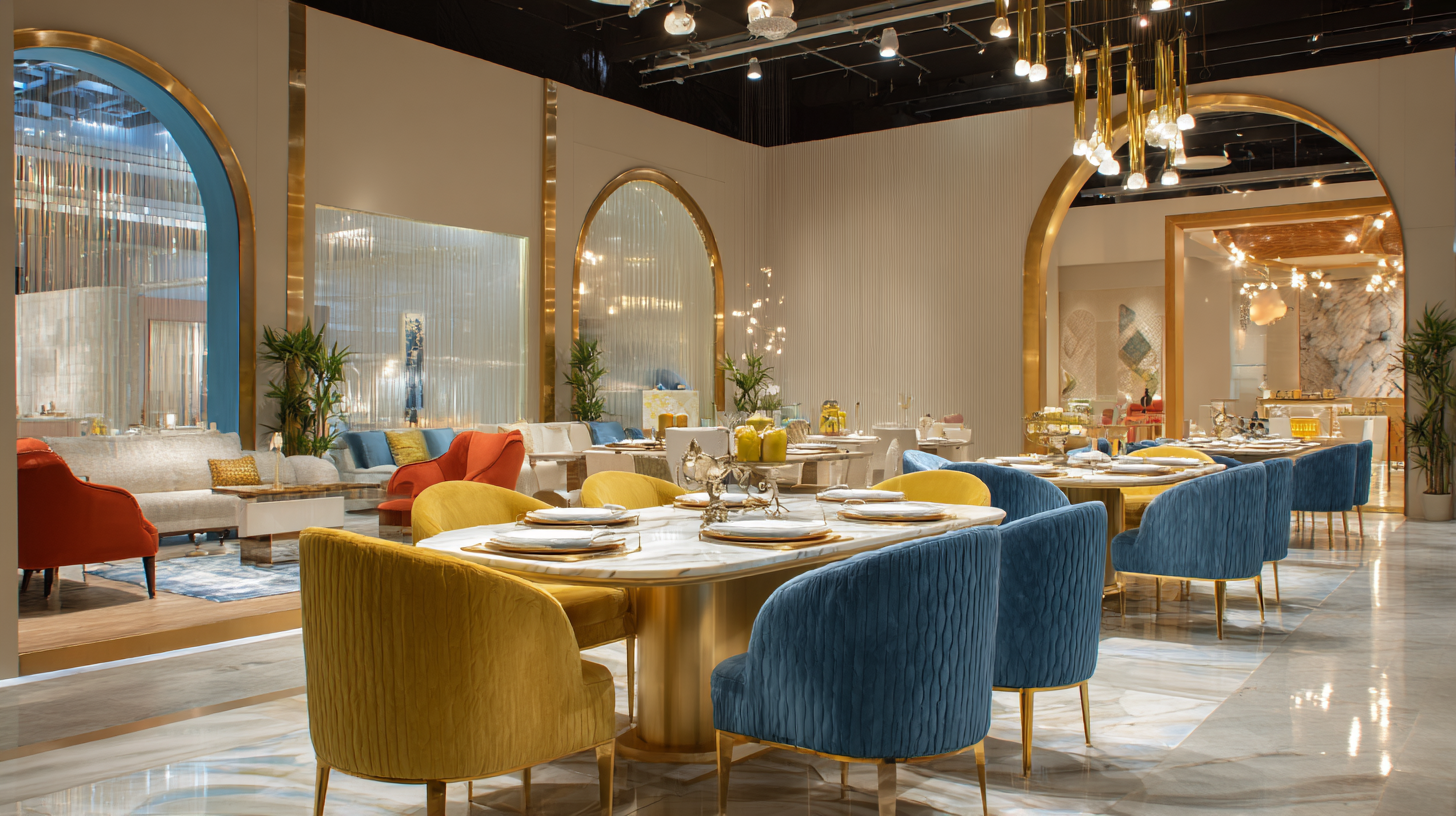
From smart furniture solutions to eco-friendly materials, the innovations displayed at this event will not only highlight the future of dining environments but also emphasize the critical role of stylish, functional furniture in enhancing customer satisfaction and operational efficiency. By exploring these advancements, stakeholders in the furniture restaurant sector can gain valuable insights into the market's trajectory and discover new avenues for growth and collaboration.
At the 138th China Import and Export Fair, the furniture restaurant sector is set to showcase innovative design trends that are transforming the dining experience. Recent analyses indicate that the South Africa furniture market is projected to exceed USD 3 billion by 2025, driven by an increasing demand for aesthetically pleasing and functional restaurant furnishings. This shift towards innovative design is characterized by sustainable materials and modular furniture that enhance the versatility of spaces, aligning with the latest consumer preferences for unique dining environments.
In response to the COVID-19 pandemic, many restaurants have re-evaluated their furniture choices to accommodate new health standards and consumer expectations. Research highlights that the demand for space-efficient, socially-distanced seating has surged, prompting designers to explore hybrid and adaptive furniture solutions. This trend is reflected in the emergence of multifunctional pieces that cater to both social interaction and privacy. As industry players gather at the fair, we can expect to see cutting-edge concepts that blend creativity, sustainability, and functionality, setting new benchmarks for restaurant design in the coming years.
| Category | Innovation Type | Material Used | Design Trend | Sustainability Index |
|---|---|---|---|---|
| Seating | Smart Seating | Recycled Plastic | Minimalist | High |
| Tables | Modular Tables | Bamboo | Functional | Medium |
| Lighting | LED Integration | Glass | Artistic | High |
| Decor | Interactive Walls | Wood | Eclectic | Medium |
At the upcoming 138th China Import and Export Fair in 2025, a significant focus will be placed on sustainable materials and eco-friendly solutions within the restaurant furniture sector. As the demand for environmentally responsible products continues to rise, manufacturers are exploring innovative uses of sustainable materials to cater to this trend. For instance, integrating biodegradable bio-packaging materials can enhance the sustainability of restaurant operations by minimizing waste and promoting the use of renewable resources. Recent research into valorizing waste materials, such as eggshells and fruit by-products, offers promising avenues for sustainable design in furniture manufacturing.
Moreover, the shift towards a circular economy is pivotal in redefining the lifecycle of restaurant furniture. By adopting eco-friendly practices and materials, businesses can minimize their environmental footprint while appealing to a growing base of environmentally-conscious consumers. This includes utilizing recycled materials and innovative designs that foster sustainability. As the restaurant industry grapples with increased pressures to reduce waste, the spotlight at the fair will be on companies leading the way in sustainable innovation, ensuring that future dining experiences are both elegant and eco-friendly.
The 138th China Import and Export Fair in 2025 is set to showcase groundbreaking innovations in the furniture restaurant sector, particularly focusing on the integration of technology to enhance dining experiences. Smart furniture solutions are revolutionizing the way diners interact with their environment, moving beyond traditional dining tables and chairs. With the advent of IoT (Internet of Things), furniture can now adapt to the needs of the guests, providing personalized lighting, temperature control, and even interactive menus displayed directly on the tabletops.
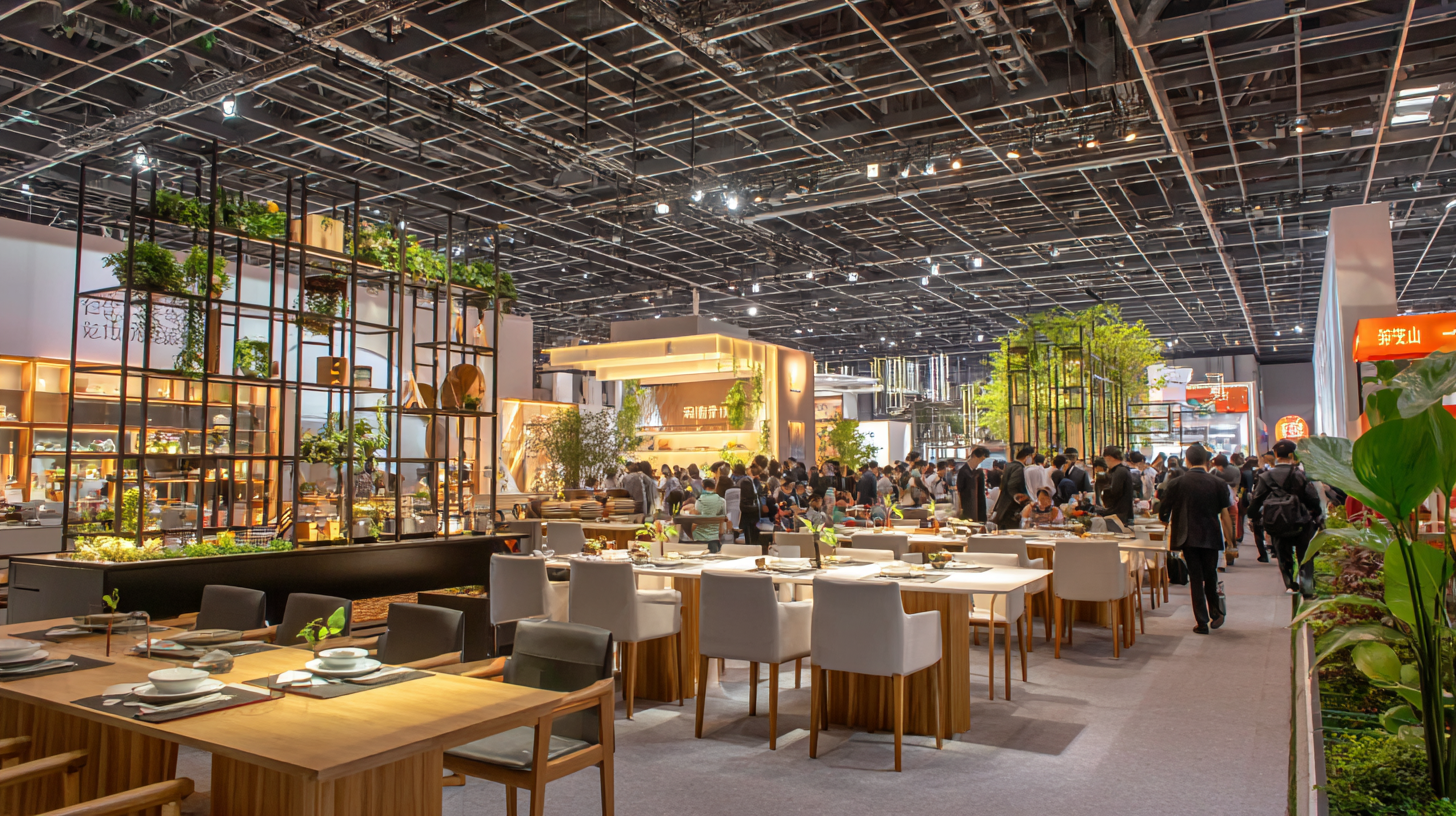
Additionally, these smart solutions offer restaurant owners valuable data insights. Utilizing analytics from customer interactions with smart furniture, restaurateurs can optimize table arrangements, understand guest preferences, and streamline service workflows. This technological symbiosis not only improves operational efficiency but also creates a more engaging atmosphere that enhances customer satisfaction. As the industry embraces these innovations, the dining experience is becoming increasingly immersive, paving the way for a new era of hospitality where comfort and technology seamlessly converge.
The cultural influences on furniture design within the Chinese restaurant sector reveal the intricate relationship between aesthetics and functionality. Traditional Chinese design elements, such as intricate carvings and the use of natural materials like bamboo and wood, often feature prominently in restaurant furniture. These choices not only enhance the dining experience but also evoke a sense of heritage and authenticity. Incorporating regional colors and motifs can create an inviting atmosphere that attracts diners and fosters a connection to cultural narratives.
Tips: When choosing furniture for a Chinese restaurant, consider the fusion of traditional and modern styles to appeal to a diverse clientele. Opt for versatile pieces that can easily adapt to different dining layouts and occasions. Additionally, integrating elements that reflect local culture, such as artistic silk screens or lantern-style lighting, can significantly enhance the overall ambience.
Moreover, the trend of sustainable design is gaining traction, with many restaurants prioritizing eco-friendly materials and practices. This shift not only aligns with global sustainability efforts but also resonates with the values of contemporary consumers. By thoughtfully selecting furniture that is both stylish and environmentally responsible, Chinese restaurants can create a unique identity while meeting the expectations of modern diners.
At the upcoming 138th China Import and Export Fair in 2025, the focus on emerging market preferences within the furniture restaurant sector highlights the necessity to cater to diverse dining needs. The evolving landscape of consumer behavior reflects a growing demand for innovative dining solutions that not only satisfy culinary expectations but also enhance the overall dining experience. Designs that prioritize comfort, functionality, and aesthetic appeal are essential to attracting a wide range of patrons, from casual diners to upscale clientele.
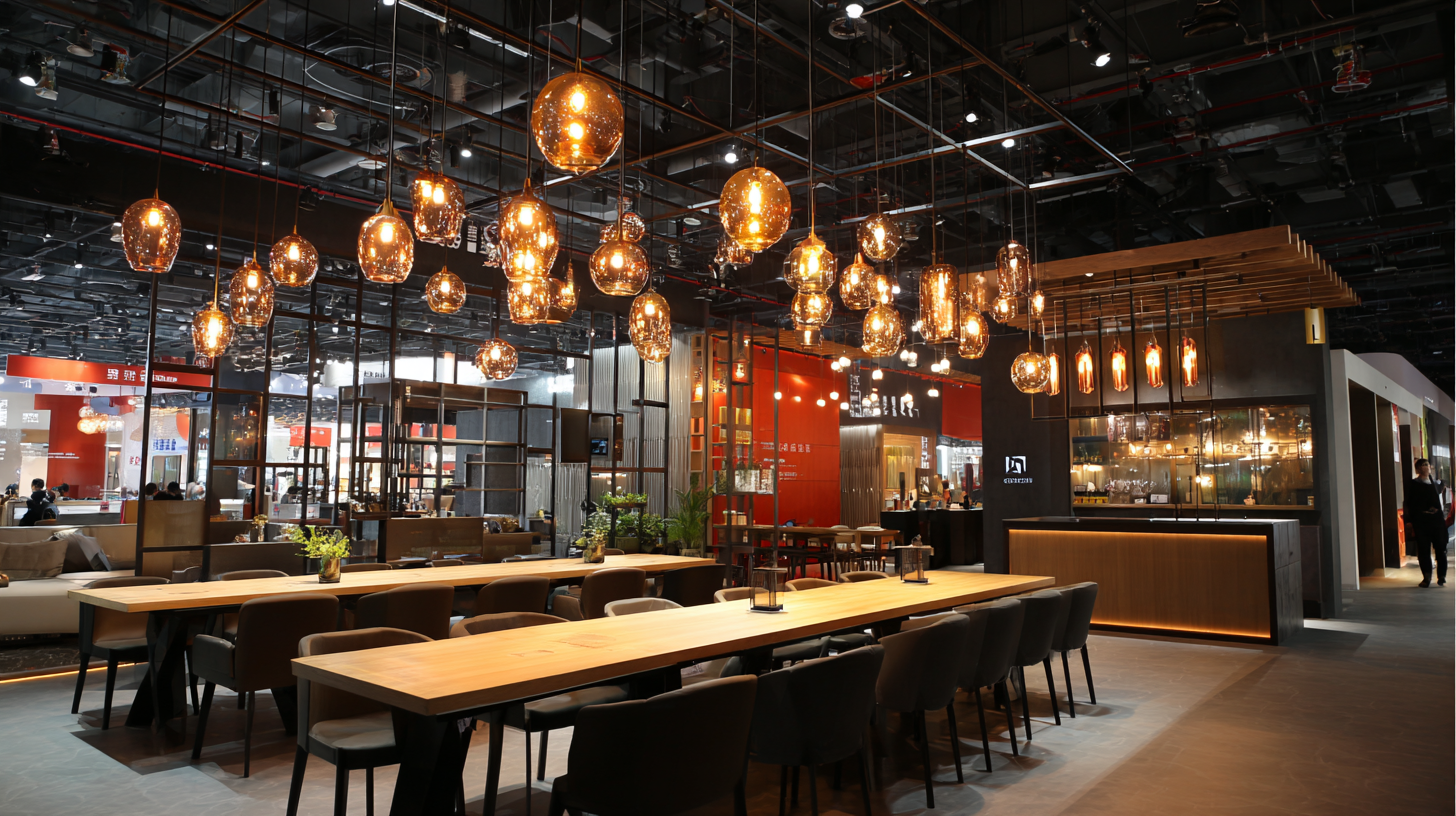
Furthermore, the integration of digital marketing strategies is becoming crucial in this vibrant environment. By leveraging digital platforms, brands can effectively engage with consumers, promoting their unique offerings and establishing a strong brand presence. This approach is particularly relevant in emerging markets where competition is fierce, and consumer preferences are diverse. A well-rounded marketing communication strategy enables businesses to tailor their messages, ensuring that they resonate with various demographic segments, ultimately driving foot traffic to innovative dining establishments.
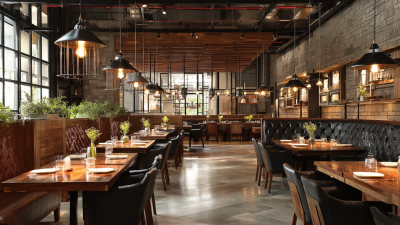

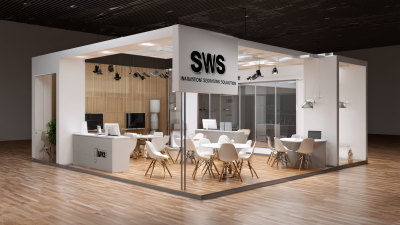
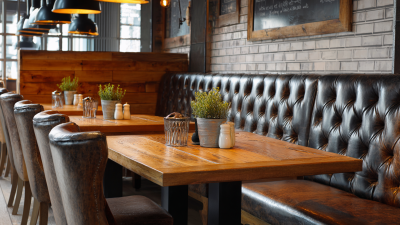


©2024 Pine Vista LLC, DBA Design Manufacturing Group. All Rights Reserved.
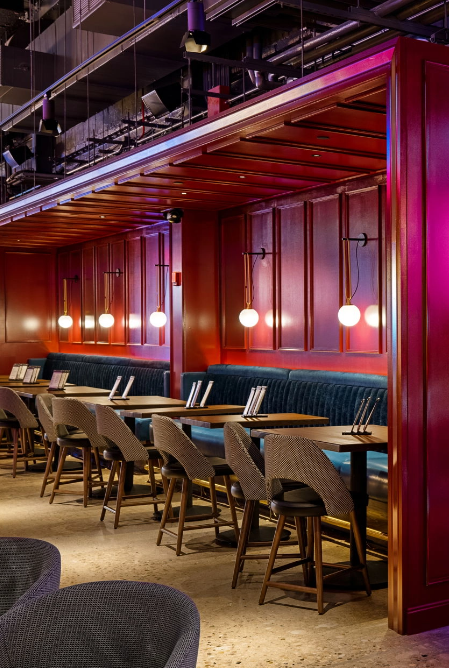


©2024 Pine Vista LLC, DBA Design Manufacturing Group. All Rights Reserved.
